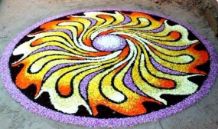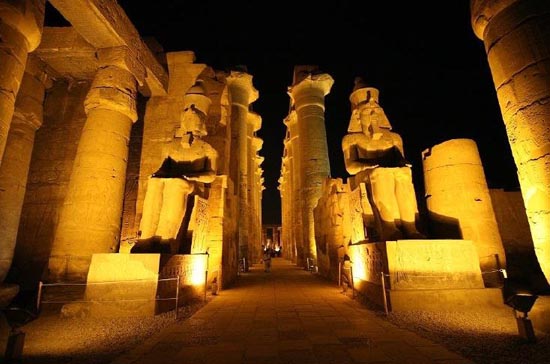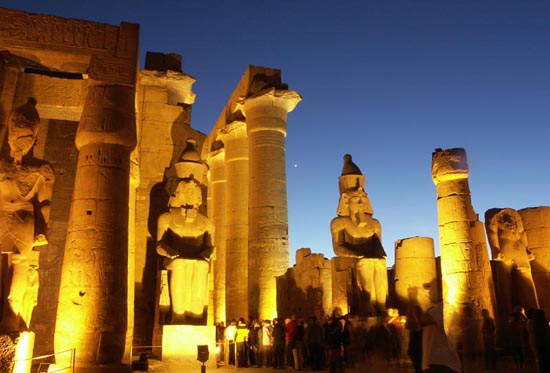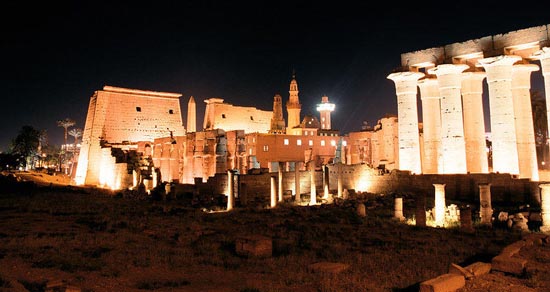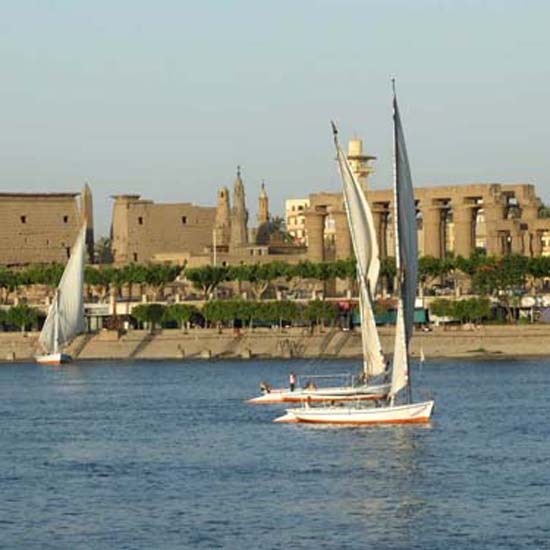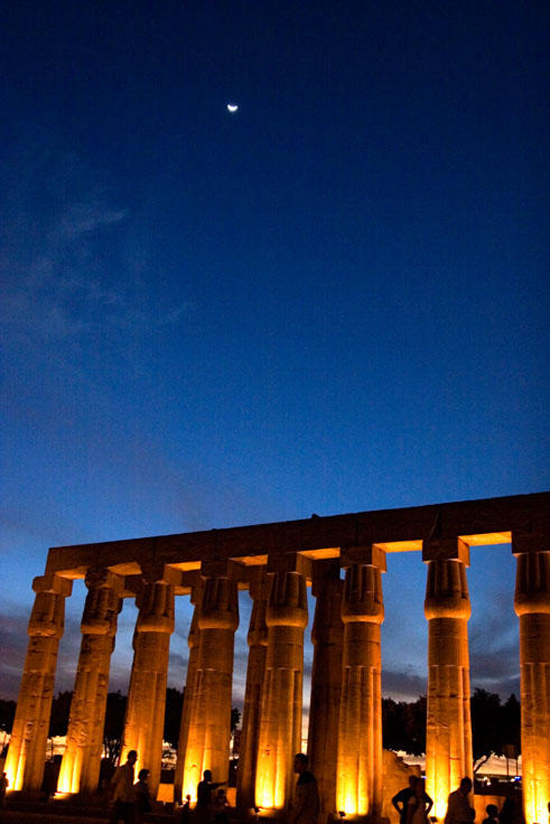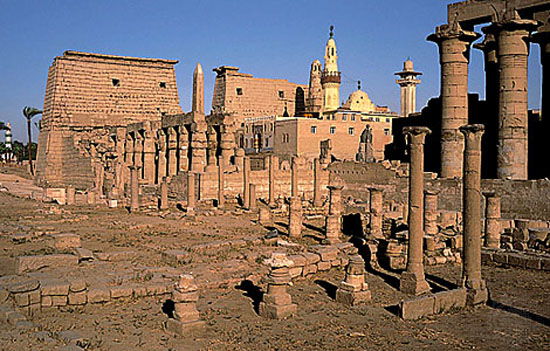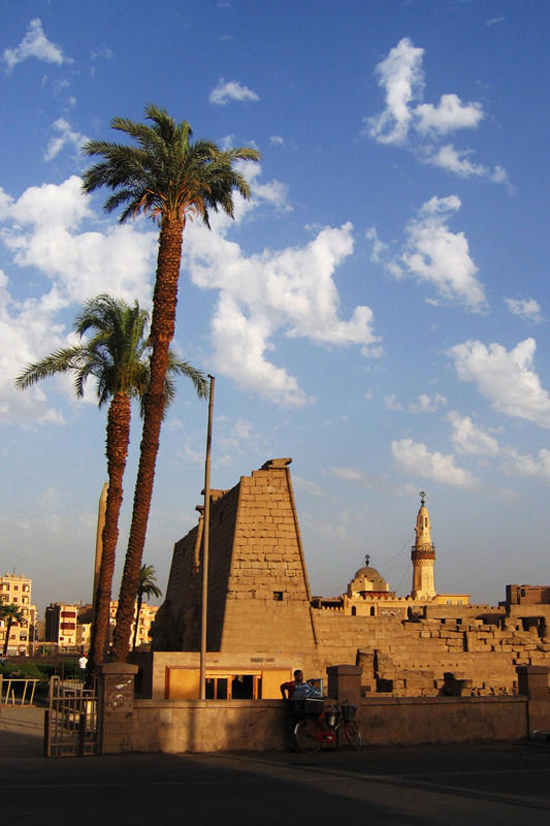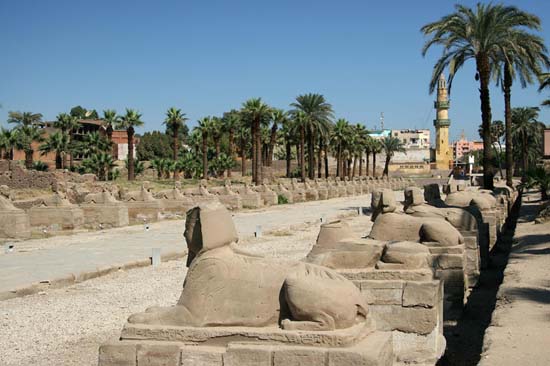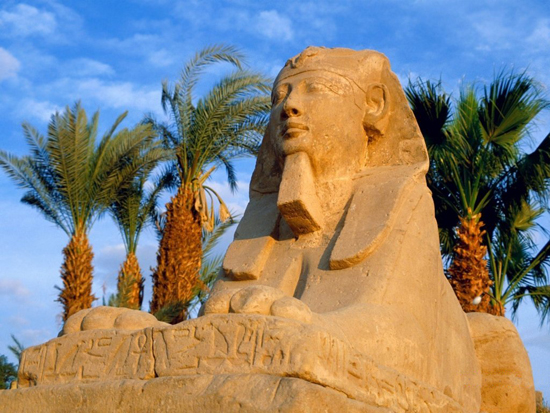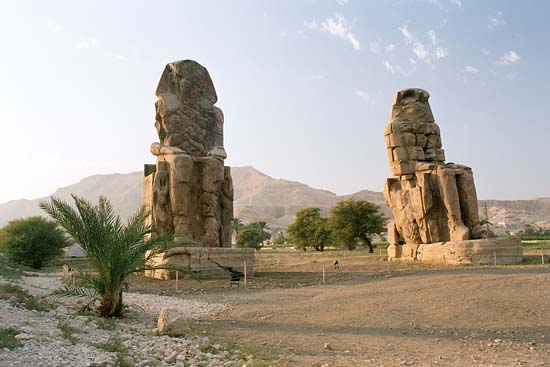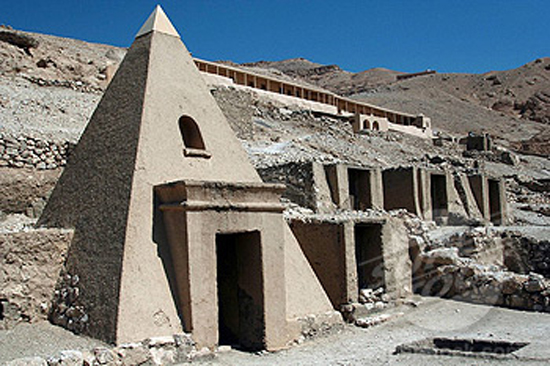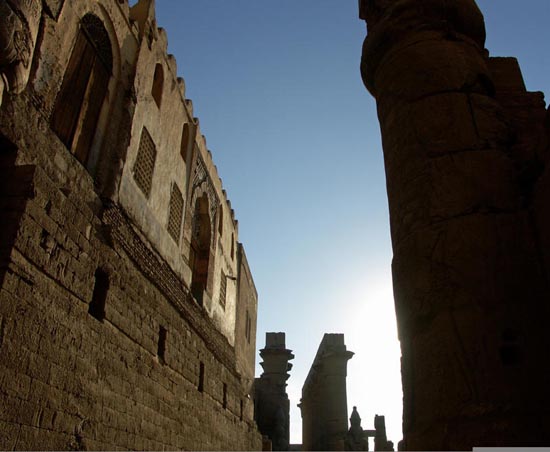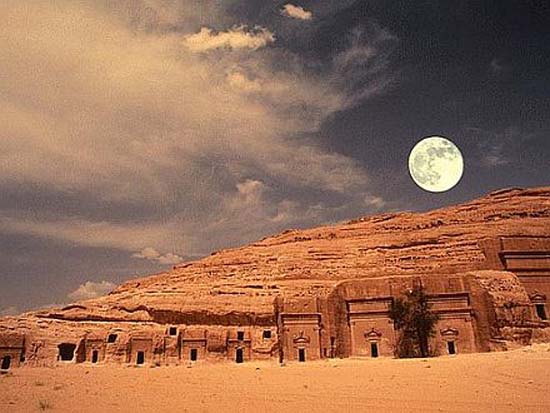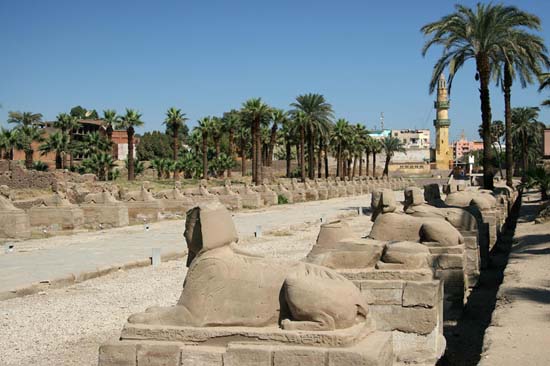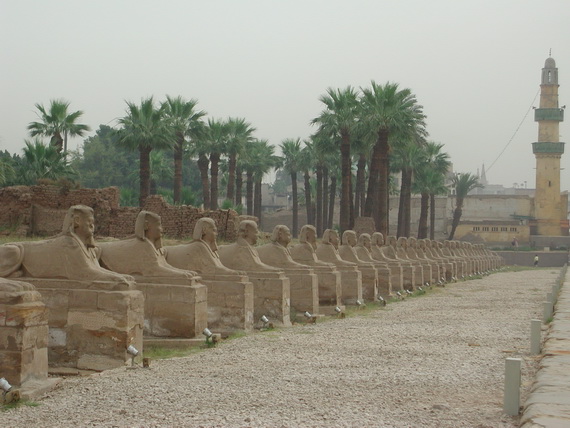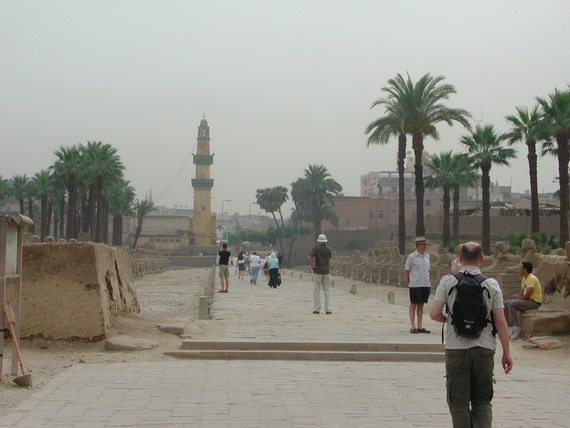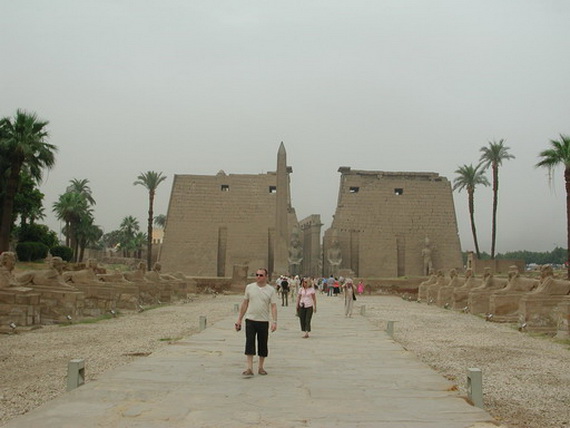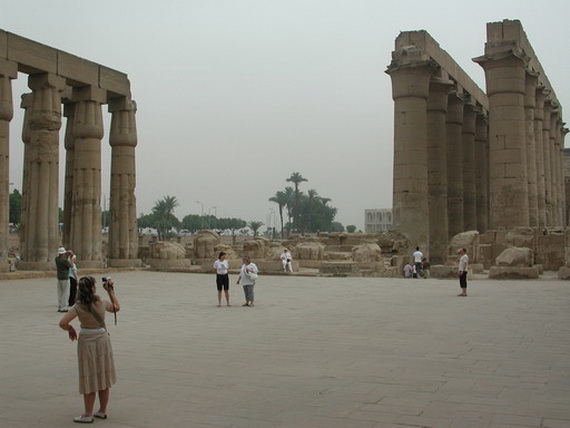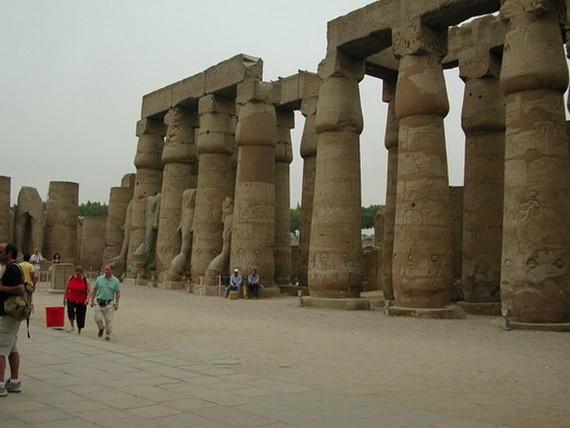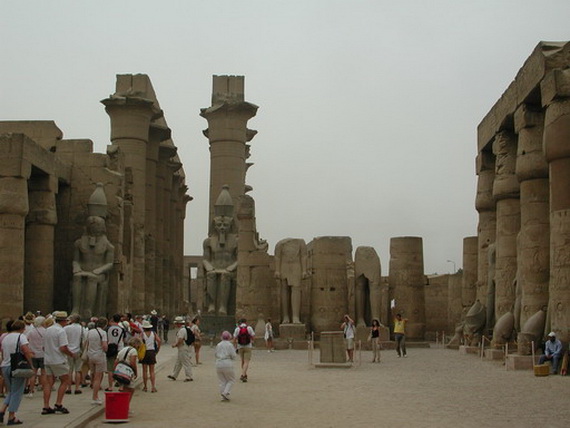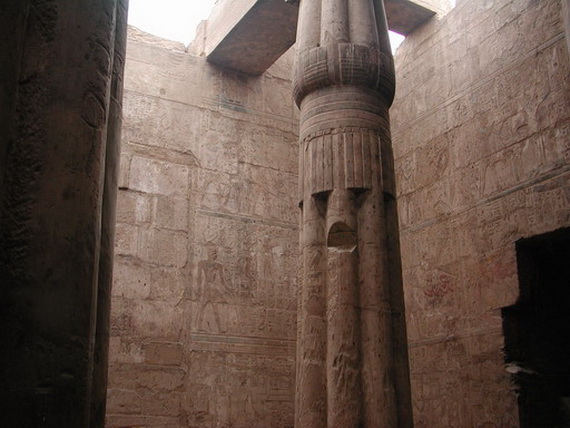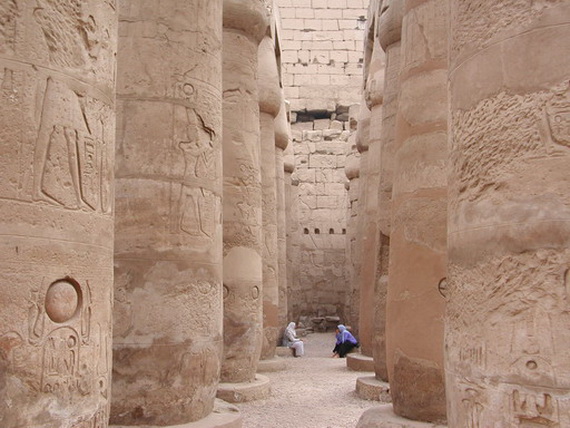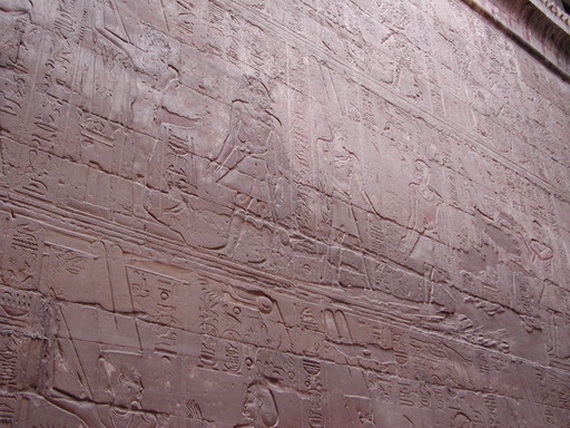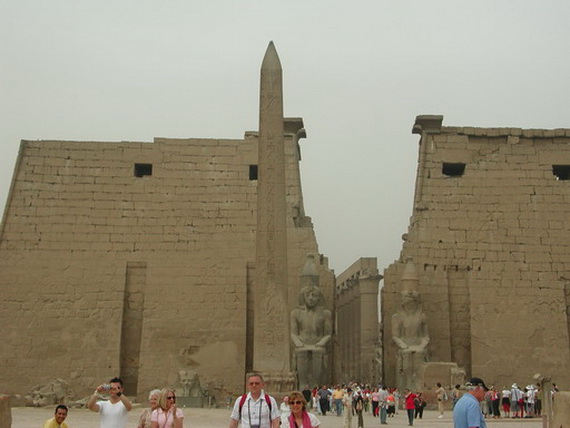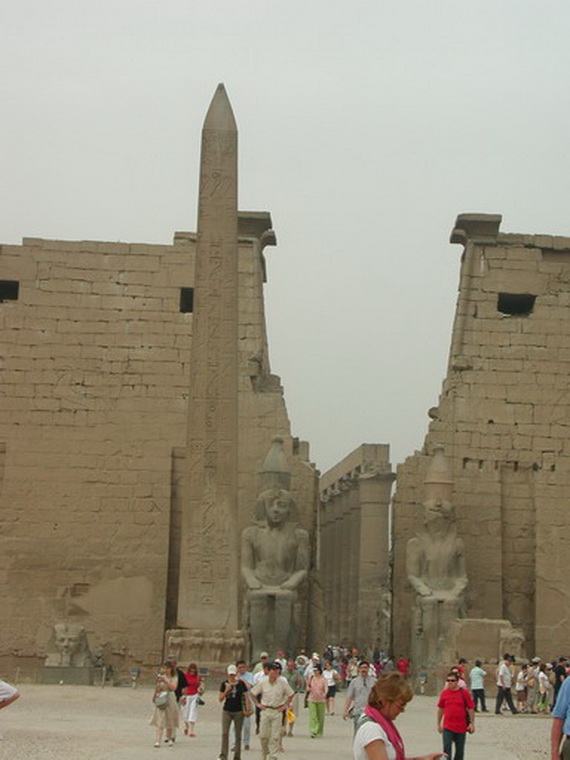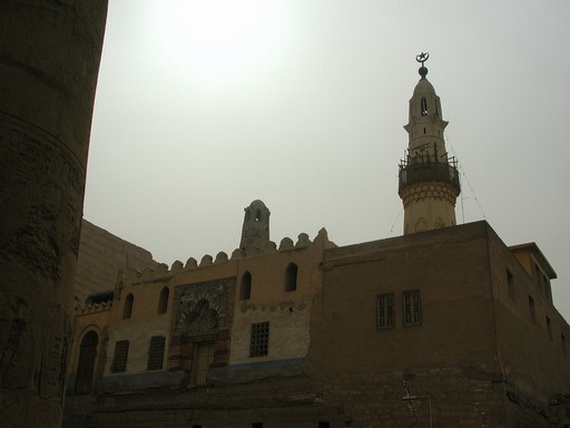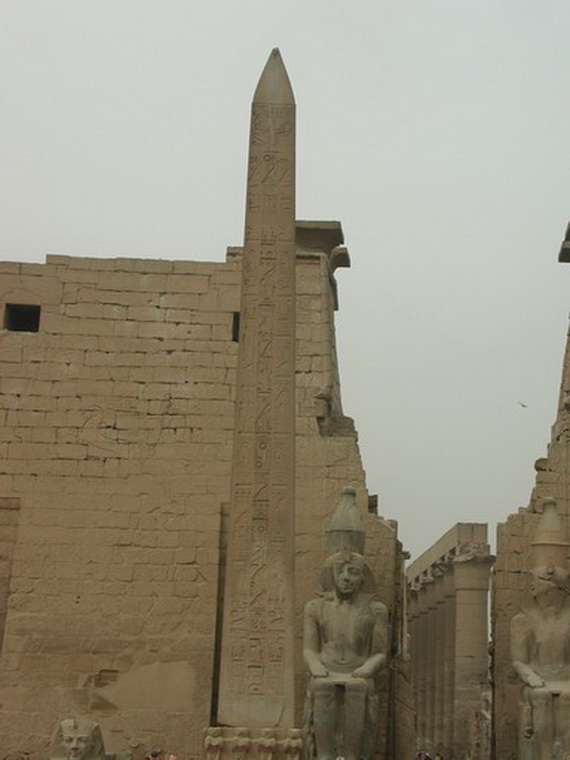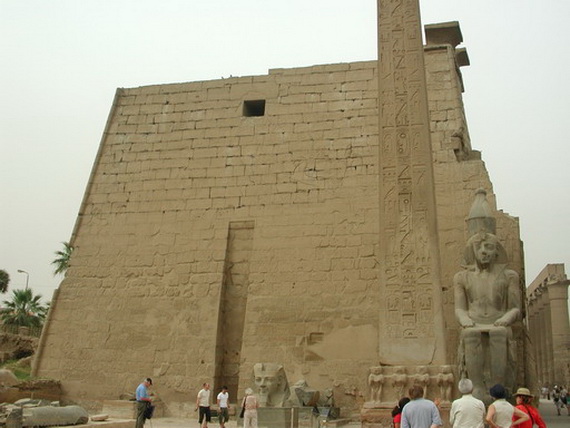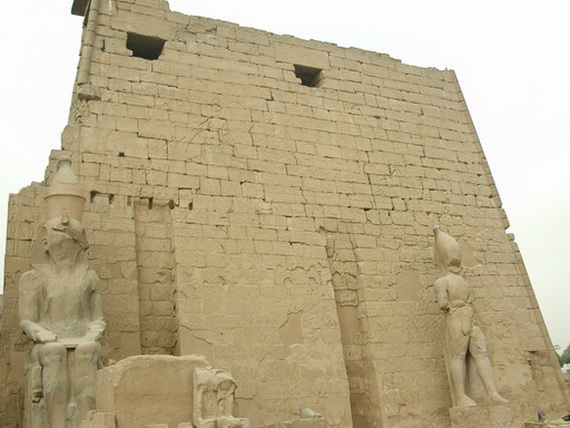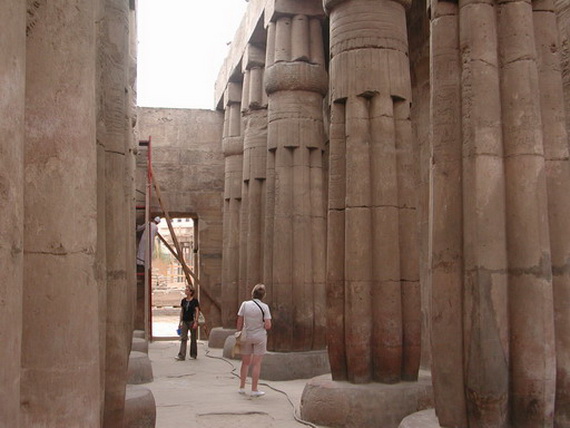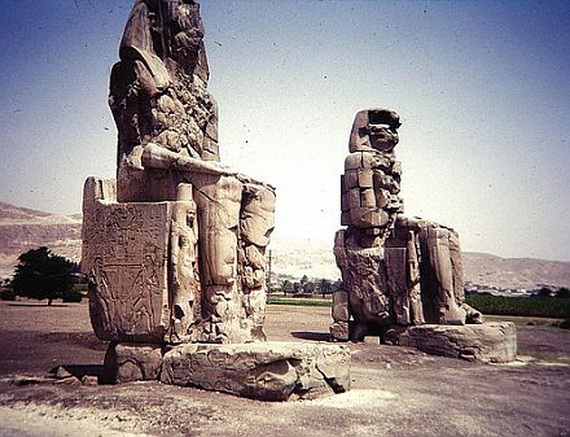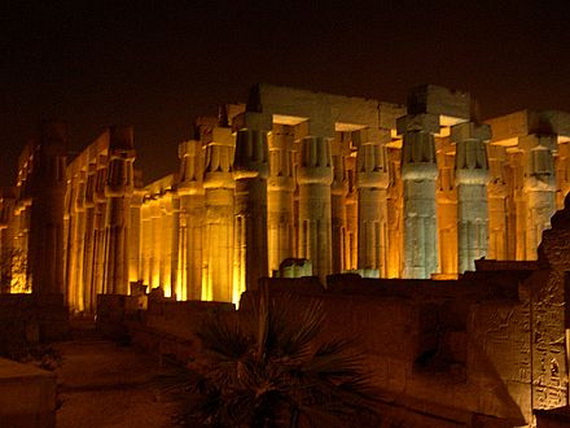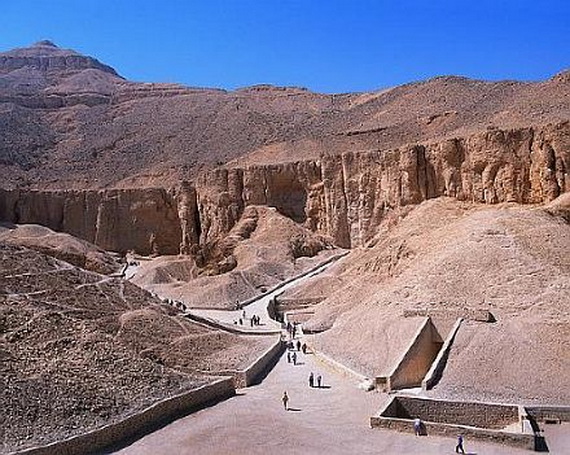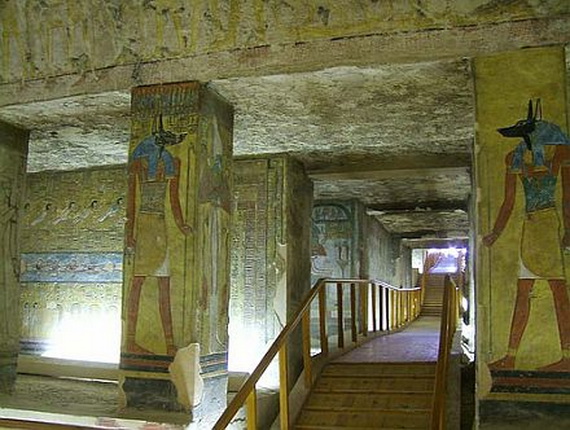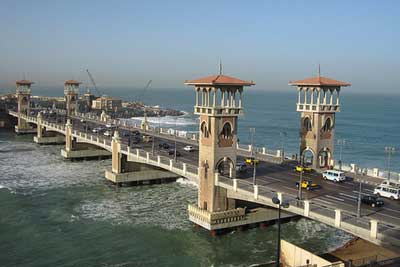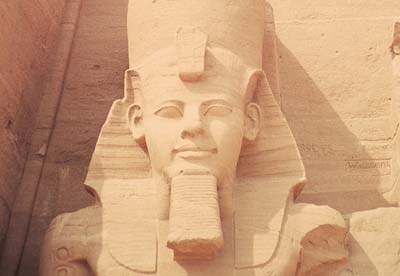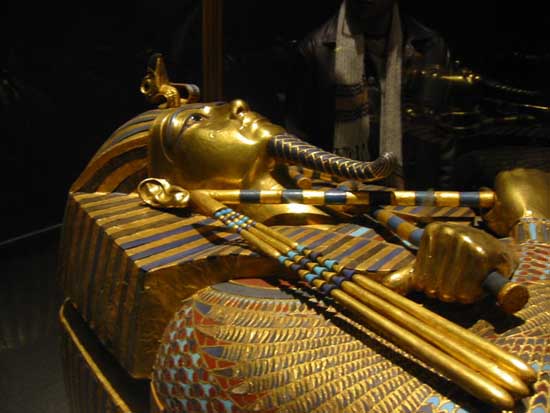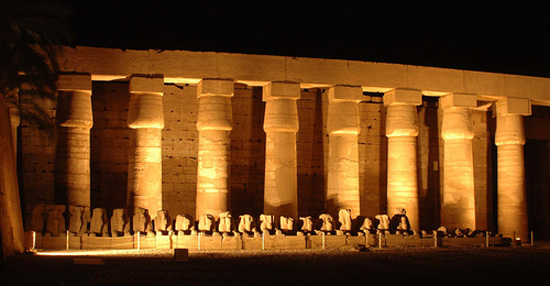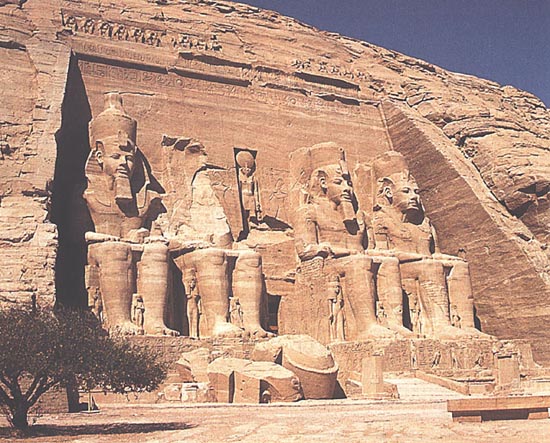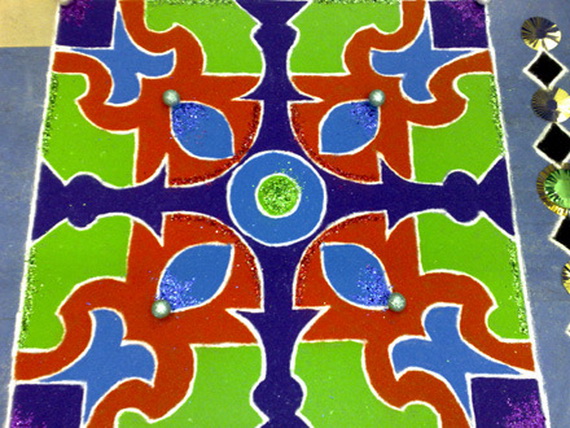Luxor Temple is one of the most beautiful and popular temples and is among the most famous, popular traveling tourist destinations in Egypt and one of the UNESCO World Heritage Sites in Egypt . The Temple of Luxor is a large Ancient Egyptian temple complex located on the east bank of the River Nile and runs parallel to it in the city today known as Luxor (ancient Thebes) and was founded in 1400 BCE. and was expanded in 1250 BC.
Luxor Temple was dedicated to the trio of Amun-Re, his wife Mut, and his son Khonsu,was built during the New Kingdom.
Luxor Temple is a huge complex with several 70 yards long pylons, first of which is more than 70 feet high with massive statues and a number of obelisks.
There are a number of open areas inside the temple complex, being unique among the main Egyptian temple complexes in having only two pharaohs(Amenhotep III and Ramses II) leave their mark on its architectural structure.
How many kings contributes to the Temple of Luxor.
The earliest parts of the temple still standing are the barque chapels, just behind the first pylon. They were built by Hatshepsut, and appropriated by Tuthmosis III. in the 14th century BC.
The main part of the temple – the colonnade and the sun court were built by Amenhotep III the son of Habu., who reigned 1390-53 BC. The temple was constructed on the site of a small Temple of Amon. The structure was only 190 metres long and 55 metres wide.
Processional colonnade built by Amenhotep III is a 100-meter corridor flanked by 14 papyrus-capital columns.. On the southern side, you will find 32-column hypostyle court leading into the inner sanctums of the temple.
Horemheb and Tutankhamun added columns, statues, and friezes, and Akhenaten had earlier obliterated his father’s cartouches and installed a shrine to the Aten.
However, the only major expansion effort took place under Ramses II some 100 years after the first stones were put in place(Now measuring about 70 yards in length).
Rameses II, who completed the Temple and built the entrance pylon, and the two 25-meter tall pink granite obelisks (one of which was taken to France, and is now at the centre of the Place de la Concorde was gifted by the King of Egypt by Mohamed Ali (who ruled Egypt 1805-1850 A.D), in 1819 to the French king Philip Louis, in exchange of a mechanical clock for his mosque which has never worked properly – even to this day!), the entrance linked the Hatshepsut buildings with the main temple.
This main entrance to the temple complex was originally flanked by six colossal statues of Ramesses – four seated, and two standing – but only two seated statues have survived.
The Great Pylon of Ramases is a pathway that exhibits human headed sphinxes in all shapes and sizes known as Sacred Way or Traveling to luxor to have a tour in the Avenue of Sphinxes,which was an addition made during the time of Nectanebo I in the 30th Dynasty is of a great adventure. This ancient way is said to have connected the Luxor temple with the Karnak temple.
The Eastern walls were decorated by Tutankhamun.
The temple was the center of Opet Festival where a cult statue of Amun along with Mut was marched down the Nile from Karnak Temple, another popular temple of the region. From ancient Egyptian records we come to know that festivals and rituals were a major part of the Egyptian lifestyle.
In the 320s BC, Alexander the Great is said to have undertaken major reconstruction work of the temple. “to restore it to the glory of Amenhotep’s times”. During Rome’s domination of Egypt it was converted into a centre for the Roman emperor cult.
In the Christian era the temple’s hypostyle hall was converted into a Church. For thousands of years after that the popularity of the temple waned away and people forgot that there was a temple here initially.
By the time of the Arab conquest, the temple was largely buried underneath accumulated river silt, It lay hidden beneath the present day streets and houses of Luxor, to the extent that the mosque of Sufi Shaykh Yusuf Abu al-Hajjaj was built on top of it in the 13th century (much reworked since, but one of the minarets dates back to the original construction).
Hotels in the region:
Check availability, maps, photos and reviews before traveling, and book at the guaranteed lowest price.











